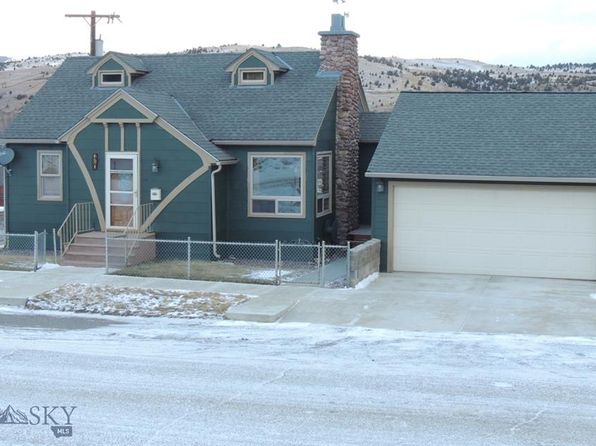
Lombardi was "ahead of his time," said Haffey. Haffeyremembers when it used to be Frank Lombardi's grocery store. The empty lot at 1 Main Street has a For Sale sign on it. "In some cases," he recalled, "the whole family lived either in the back or sometimes on top." "This one had an apartment complex upstairs," said Haffey. Once home to Kenne's Foods, it's a large, two-story white building. "We spent so much time in this grocery store, it was unreal." he said.įrom Hunthausen's, we move onto 710 West Fourth Street. If you put your penny in, you got one of those gumballs and you won 5 cents." "He had oversized gumballs that were black and gold. "For a long, long time," said Haffey, "This was Hunthausen's."Īs a kid, he remembers Art Hunthausen being patient as Haffey and his friends picked out candy. On the side of that building, you can see the faded sign saying, "Cold Beer Groceries," and, below that, "Ice."

"I delivered Sweetheart bread here to Bill Pelligrini in 1973."įrom 711 West Park we move to 321 West Park to a store that holds special memories for Haffey. "It was a grocery store well into the 1970s," said Haffey. The West Side Market opened in the early 1900s. Haffeyonce delivered Sweetheart bread to the West Side Market, as well as many other mom-and-pops. Townspeople would find it a walkable trip to pick up just about any staples they needed. In the late 1800s or early 1900s, there was no refrigeration in Anaconda, so families had to shop for groceries frequently, if not every day. The mom-and-pops of the past certainly were convenient. "Today, you refer to 7/11, and you maybe think of a convenience store," said Haffey, of the contemporary 7/11 convenience store chain. On the side of the building, it says "Groceries Fresh Meats." "This is 711 West Park Street," he said of a building with a sign above it called West Side Market and West Side Grocery. All of the stores have since passed into history. One afternoon in November, the historian, former teacher and coach took NBC Montana on a tour of the sites where many mom-and-pops once stood. He collaborated with the Anaconda Leader on a new book called "Anaconda's Foundation, People and Landmarks." Haffey has done extensive research on Anaconda - it's economy, its people and neighborhoods. He is the author of "Anaconda, Montana: Goosetown and West of Main, 1945 +/- 2020." Haffeyhas written articles and books on Anaconda history. Ray Haffey, "there were nearly 40 mom-and-pop grocery stores (in Anaconda). In Anaconda, their presence was widespread. But the positive impact they had on their communities was huge. Today, most of those neighborhood stores are gone. Those stores were once common fixtures in American towns and cities.

Before box stores and supermarket chains, most people got their groceries at small, family-owned grocery stores known as mom-and-pops.


 0 kommentar(er)
0 kommentar(er)
